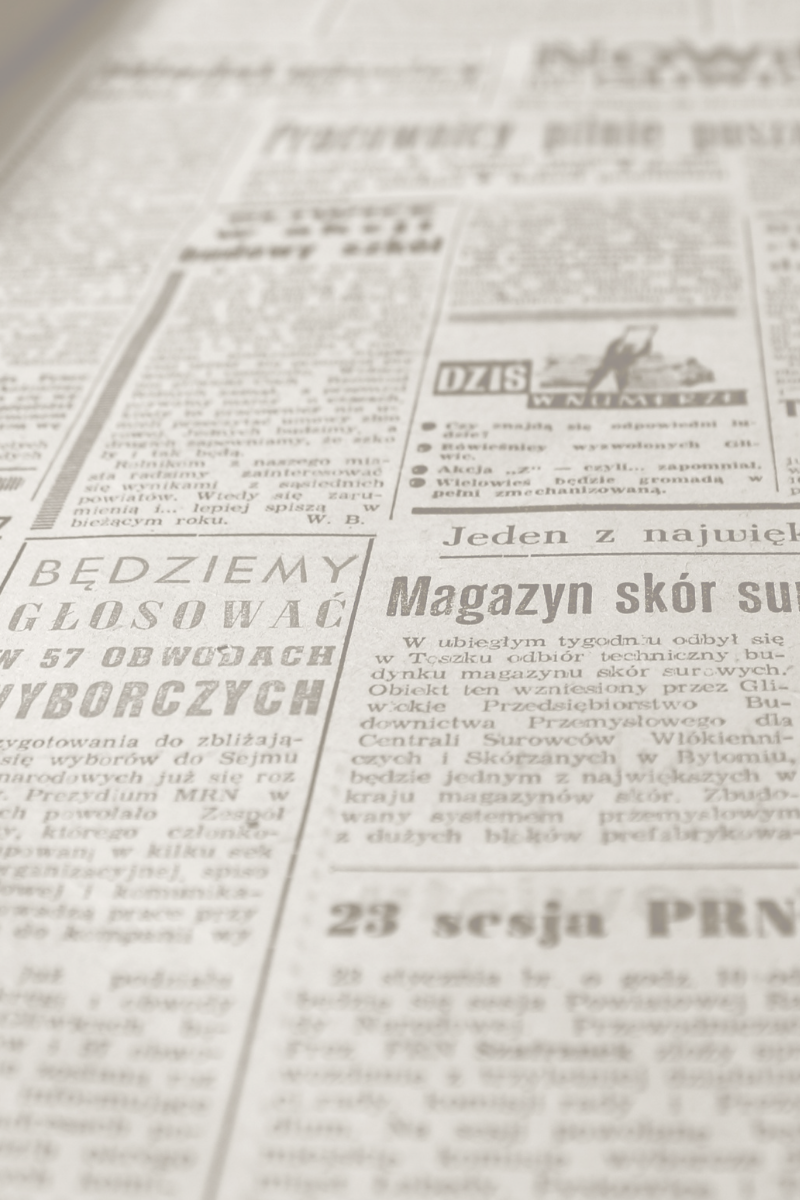In our modern, electronic world we have come to rely on vital records like birth and death certificates to be accurate, infallible sources of information. We use these documents to identify ourselves, gain employment, attend school, travel, and so much more. How could these goverment documents have incorrect information entered onto them?
This is not a conspiracty theory, but rather a logical fallacy. We seem to have this idea that due of the importance of the document, we hold the document in higher regard in our research than other first-hand sources.
We depend upon these accurate vital records to assist in completing our genealogical research. But let’s face it: Records are not always accurate.
I have two examples to share that demonstrate this point. One is straight forward while the other is a bit complicated.
Grab a tasty beverage and settle in while we examine these not-so-accurate records.
Example 1:
First, we have my father’s death certificate.
Several errors are here including marital status and surviving spouse, mother’s name prior to first marriage, and the informant’s name and relationship to deceased.
Because I am more familiar with the situation, I can easily spot these errors, but someone else might not realize them and use this document as a basis for research causing them to miss items or waste time running down leads that simply do not exist.
- His mother’s name is not Betty Parker. It is Harper Edwards. Nowhere close.
- He was not married at the time of his death.
- The spouse listed as surviving was divorced from him nearly twelve years prior. Again, way off.
Example 2:
My second example is the 1850 United States Federal Census for Russell Gray, Joyce Ferguson, and their children.One of the issues with this record is that it is split over two pages – father, mother, and one child are on the first page, with three children on the next page. This has caused the family to be indexed as two separate families in some databases.
I had initially come across this record when searching for the family but passed on it because I didn’t realize it continued the next page and therefore did not see the remaining children.
The youngest child of Russell and Joyce is Washington, listed as 1. Other babies in the surrounding homes have their ages listed in months if they are under 1, so this leads me to believe that Washington was born in 1849.
His death certificate, however, lists his date of birth as 1851.
Again, this is an example of primary sources being incorrect. This isn’t to discredit them, however, but to call to the forefront the importance of complete research.
These two cases are typical of the situations I've encountered most frequently in my research.
I do not think I have found one resource that has proven to be accurate 100% of the time. Everything from birth records, census, death records, marriage records, divorce, and even tombstones can be wrong. This has led me to not believe anything I see until I have other facts to further prove it.
What are some of the baffling encounters you've had with records? Have you ever had to disprove a record that others assumed was correct or disproved a record you previously assumed was correct?
- Patricia














